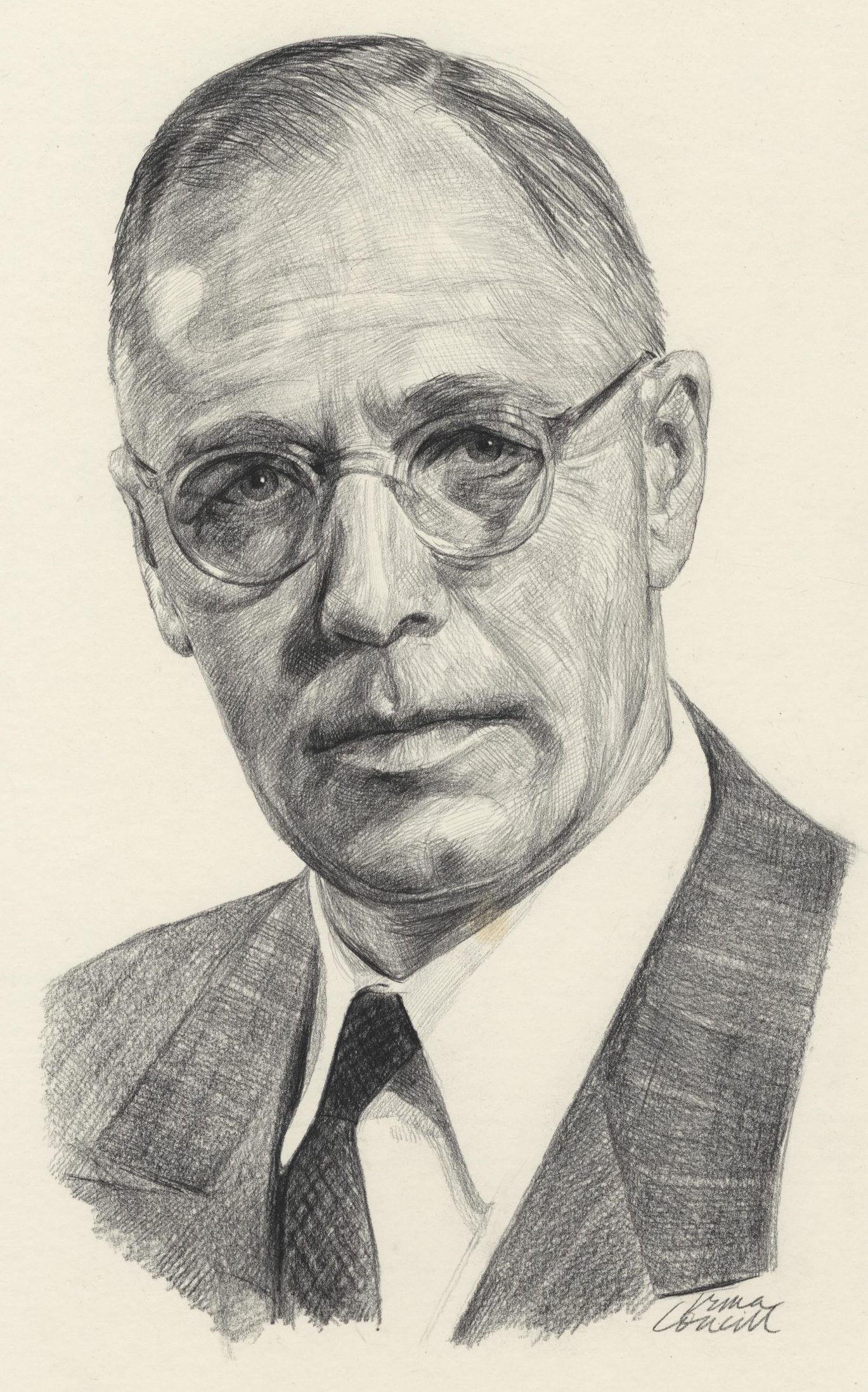Thomas William Siers

Nickname: Tommy
Birth Date: May 13, 1896
Birthplace: Dewsbury, Yorkshire, England
Death Date: May 20, 1979
Year Inducted: 1974
Awards: The McKee Trophy
His consummate skills with aircraft, painstakingly developed during almost four decades in the crudest of geographic arenas and applied with invention and determination, have been of outstanding benefit to Canadian aviation
Air Engineer
Thomas William (Tommy) Siers was born in Dewsbury, Yorkshire, England, on May 13,1896. He came to Canada in 1913 to live in Winnipeg, Manitoba. In 1917 he enlisted in the Lord Strathcona Horse Regiment of the Canadian Army and served in England and France until war's end in 1918. After returning to Canada, he completed several technical school courses.
He began his career servicing aircraft engines and equipment with the Canadian Air Force in 1920, where he earned his Air Engineer Certificate. He went to work for the Canadian Air Board at Winnipeg and northern Manitoba, maintaining their flying boats. Two years later he joined Laurentide Air Services Limited as an air engineer, leaving the same year to work for Huff-Daland Aero Corporation in Ogdensburg, New York, on aircraft assembly and motors. In 1924 he joined the Ontario Provincial Air Service (OPAS) at Sault Ste. Marie, Ontario.
Adapting Aircraft
In 1928 Siers joined Western Canada Airways at Winnipeg as Chief Mechanic. The following year he was promoted to Superintendent of Maintenance, in charge of overhauling and servicing engines, aircraft and related equipment. During his early years with the company, commercial air transportation in Canada emerged to become a vital factor in the country's growth. However, most commercial aircraft in use in Canada were not designed specifically to meet the requirements of the Canadian climate and had to be modified to overcome problems that arose.
While working for Western Canada Airways, Siers became known for his expertise in modifying parts of aircraft to adapt them to northern flying. His pioneering work on the development of the Worth principle of oil dilution for aircraft engines was, perhaps, the most valuable of his contributions to the aircraft industry and to the exploration of the Arctic by aircraft. Once the oil dilution system was perfected, pilots were able to thin the engine oil with gasoline to make cold weather starting easier.
Rescue Mission Maintenance
In the fall of 1929, when the MacAlpine expedition of eight people was reported missing somewhere in the Arctic, a search party using several aircraft was organized. Siers was placed in charge of the mechanics responsible for maintaining these aircraft during the extensive search period. Members of the search teams were dogged by bad weather, breakdowns, and problems caused by seasonal change when landings were not safe using either skis or floats. Often, they required rescuing themselves, and suffered from the extremely cold temperatures.
During this search, Siers' resourcefulness became legendary. He repaired punctured floats, broken skis, and ski struts, often creating new parts from materials carried in the aircraft or found locally. When Fokker G-CASQ broke through the sea ice at Bathhurst Inlet on the Arctic Ocean, it sank nose first, until the leading edge of the wing touched the ice. It was essential that this machine be removed from the salt water as quickly as possible and in as good condition as possible, for the only way to get it back to Winnipeg was by flying it there. Working without protection from the extreme cold, Siers and his crew salvaged 'SQ completely overhauled the engine and had it operational ten days later.
Recognition and Honours
When Canadian Airways Limited absorbed Western Canada Airways in 1936, Siers remained with the new firm and had a diverse array of commercial aircraft under his supervision. He received the Trans-Canada (McKee) Trophy for the year 1940, in recognition of his adaptation of the Worth oil-dilution system to cold weather flying in Canada. The following year he was loaned to the Department of Munitions and Supply for one year to supervise aircraft overhaul. It was largely due to his efforts that an advanced course was offered at the University of Manitoba to improve the efficiency of air engineers.
In 1942, when Canadian Pacific Airlines (CPA) acquired Canadian Airways, Siers took on additional responsibilities with his appointment as General Supervisor of Repair Plants for CPA at Montreal. He was transferred to Vancouver and appointed Assistant to the Director of Maintenance and Engineering. He retired in 1961 and died in Vancouver on May 20, 1979.
Tommy Siers has been recognized for other outstanding contributions to aircraft operations, including improvements to skis, ski pedestals, ski harness, cabin heaters, and methods of heating engines in extremely cold weather.
Thomas William (Tommy) Siers was inducted as a Member of Canada's Aviation Hall of Fame in 1974 at a ceremony held in Edmonton, Alberta.
To return to the Inductee Page, please click here.
